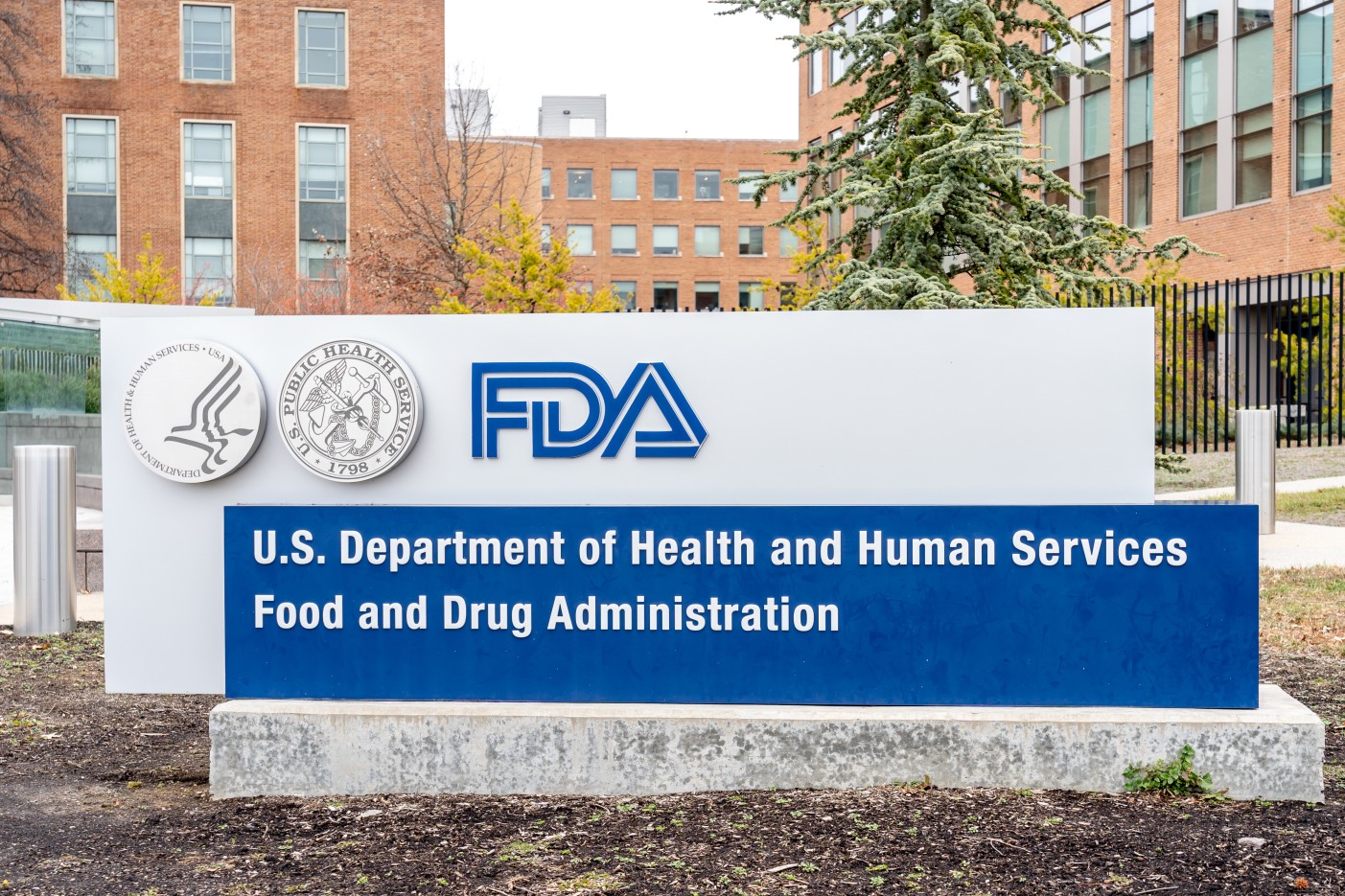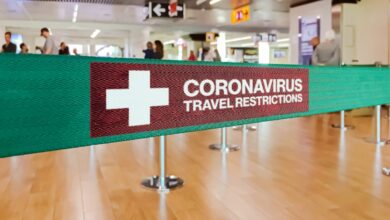With the war raging between Russia and Ukraine dominating most of the headlines, it is easy to forget that the world is still grappling with the COVID-19 virus. Here is the latest news on the pandemic.
The big news on Tuesday was the announcement from the U.S. Food and Drug Administration (FDA) expanding the current emergency use authorization (EUA) of both the Moderna and Pfizer COVID-19 vaccines, allowing American adults age 50 and over to receive a second booster. This second booster can now be administered as early as four months after the first booster of any of the three available COVID-19 vaccines in the U.S.
This decision puts a second booster shot in reach of millions of more Americans. The previous FDA recommendation had only authorized the second booster shot for those Americans 12 years of age and older who were also considered to be severely immune deficient. This decision gives this group of immunocompromised individuals access to up to five doses, including the three-dose primary series coupled with two booster shots.
According to Dr. Peter Marks, director of the FDA’s Center for Biologics Evaluation and Research, the research shows that the initial booster is critical in the fight to protect all adults from severe outcomes when contracting the virus. Marks also pointed out in a press release that the new evidence demonstrates waning protection over time in older and immunocompromised individuals, making a second booster shot prudent for this age group.
Reviewing the Data
The FDA said that it looked at data coming out for Israel detailing the impacts on over 700,000 individuals ages 18 and up who had received a second booster of the Pfizer vaccine at an interval of at least four months following the first booster. The FDA found no safety issues correlated with receiving the second booster and fourth dose of the vaccine.
The agency also looked at the safety of a fourth dose of a Moderna shot in people who had received the booster following a third shot of the Pfizer vaccine. Like the Pfizer additional booster, there were no presenting safety concerns with this protocol.
What is Next for a Third Booster?
The U.S. Centers for Disease Control and Prevention (CDC) will now weigh in on the FDA’s recommendation. It is expected that the CDC will issue a permissive recommendation, meaning that they will officially state that the third booster may be used for this age group if desired, however they will stop short of formally recommending the shot.
This route would put the decision on the individual and their health care provider to decide if the third booster is the right choice for them. Less than half of all eligible Americans age 12 and over have received the first booster shot, despite it being available for the general population for months.
Omicron Subvariant Now Dominant Strain in U.S.
According to new data released from the CDC, the Omicron subvariant BA.2 is now the dominant strain of the virus in the U.S. The data demonstrates that this highly contagious strain was responsible for nearly 55% of new cases in the country last week. The region dealing with the highest numbers of the BA.2 subvariant is the Northeast, responsible for over 70% of new infections. The Mountain West and the South are experiencing the least amount of new Omicron subvariant cases, representing only about one-third of the strains.
Flu Cases Rise as COVID-19 Cases Fall
Although COVID-19 cases are on the downswing, confirmed influenza infections are rising in recent weeks. After being nearly nonexistent last winter, confirmed flu cases have gone up every week over the last seven weeks, according to last week’s data report out of the CDC.
This is generally the time of the year when influenza cases burn out. However, experts are not surprised that there is a late season surge of the flu this year. With masks coming off and people getting out and about more in recent weeks, it is only natural that the virus would find more hosts.
The highest level for influenza activity in the U.S. has been reported in the south-central and central U.S. The CDC estimates that there have been at least 3.1 million cases of the flu this year in the country. This number has translated to about 31,000 hospitalizations and 1,800 deaths.
Shanghai Back on Lockdown
While life is getting back to normal for much of the U.S., the Chinese city of Shanghai is now entering a strict lockdown as COVID-19 cases rise. Citing a rapid surge in confirmed cases, government officials put half of the city on a mandatory lockdown that began on Monday. This lockdown will last for four days, giving officials the time to test for the virus on a staggered basis.
The two-stage lockdown will split along the Huangpu River for nine total days. The second half of the city will then go on lockdown over the next four days. Residents living east of the Huangpu River were put on lockdown first. Those residents on the west side of the river rushed to stockpile supplies and food before their scheduled lockdown on April 1.
As home to about 25 million people, Shanghai is an important economic hub in Asia. The lockdown will close bridges and tunnels and restrict highway traffic.
When compared on a global scale, the infection and death numbers in China are extremely low. Shanghai confirmed 3,450 asymptomatic COVID-19 cases and 50 symptomatic infections on Sunday, translating to about almost 70% of the totals across China. Because of the country’s zero-COVID policy, officials reacted quickly to isolate the city of Shanghai in the hopes of getting the virus under control.






